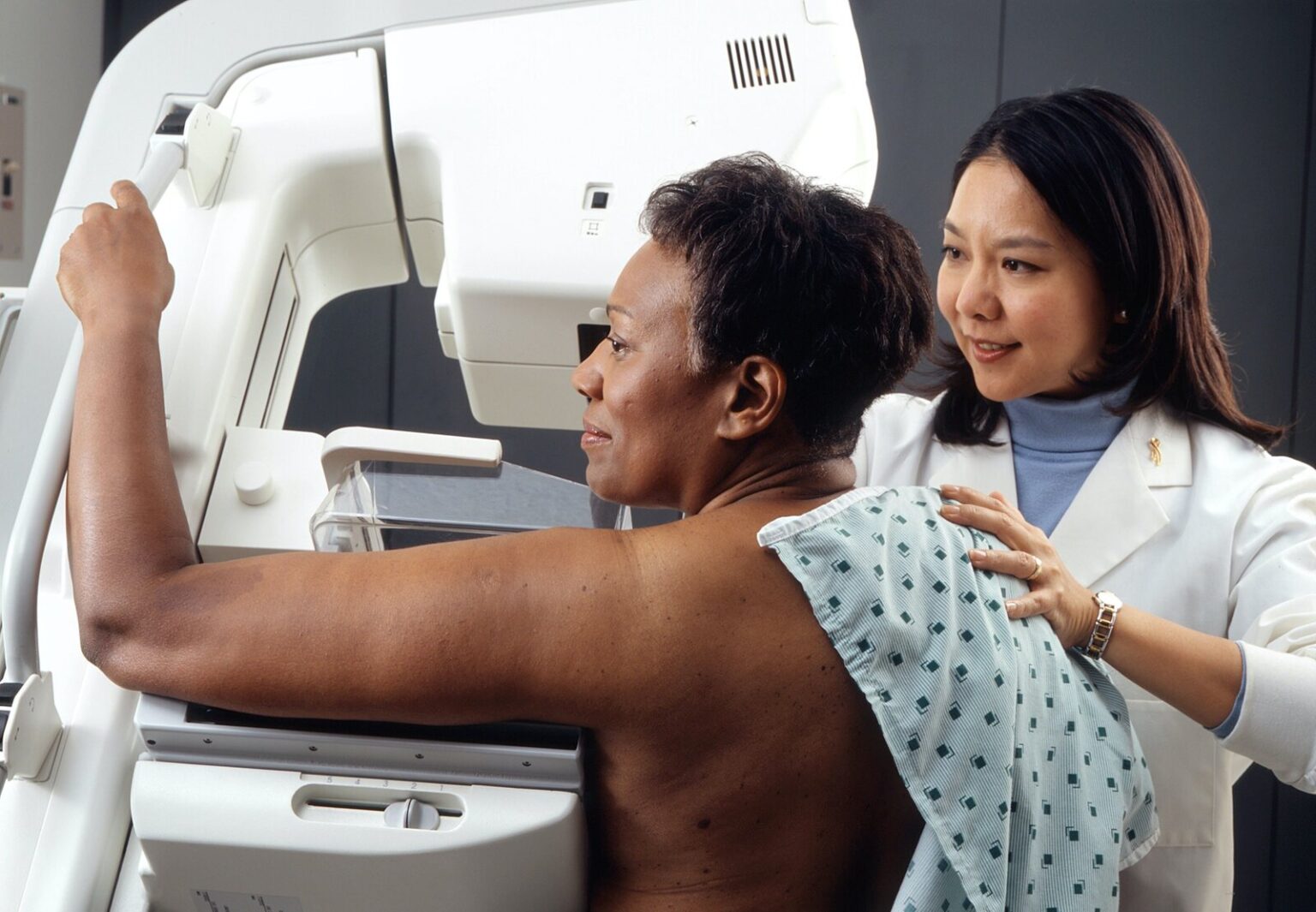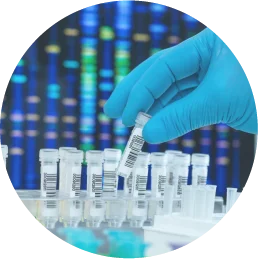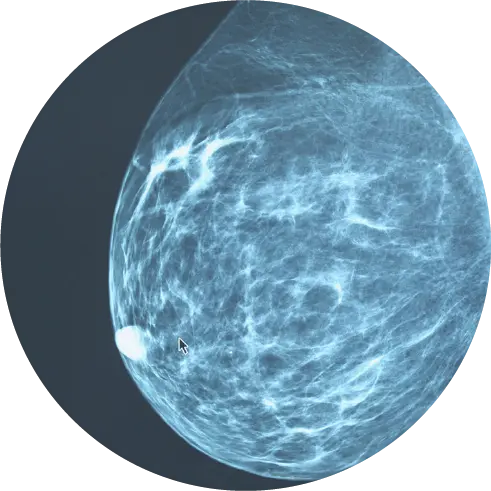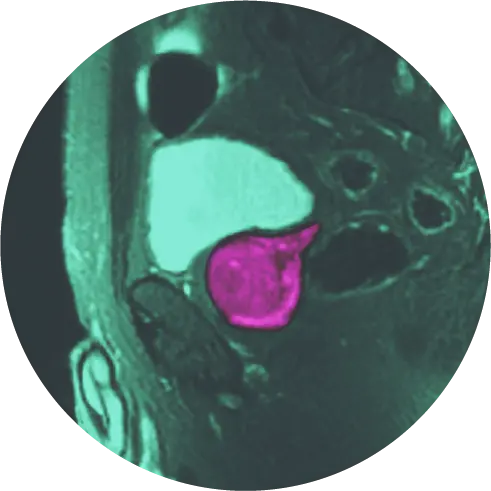For many of us, the COVID-19 shutdowns had long-lasting impacts on our lives that we are still dealing with today. For example, recent studies revealed lower test scores from students in the U.S. as a result of lost time in the classroom. Perhaps you miss your favorite local restaurant that had to close its doors permanently. Or maybe you personally know a business owner who is struggling to find employees due to the Great Resignation.
However, one of the more insidious results of the pandemic is how it has impacted preventative healthcare, including life-saving breast screenings. According to a study published in Preventative Medicine in October 2021, regular breast screenings declined by 87% in April 2020 compared to the previous five-year averages for the same month. The most significant declines were among minorities.1
With the number of women getting breast cancer rising—especially minority and younger women—regular breast cancer screenings have never been more important to women’s health.2
Why Yearly Breast Screening Matters
According to the American Cancer Society, the odds of a woman developing breast cancer in her lifetime are about one in eight. However, early diagnosis leads to improved treatment options and better overall outcomes, and a mammogram is one of the best tools for the early detection and diagnosis of breast cancer.
Mammograms are low-dose X-rays that can detect breast cancer in its early stage, often before a lump is felt during a self-exam or a clinical exam. This early detection matters because this is when the cancer is easiest to treat.
Annual tests are essential because your breasts change as you age. Most of these changes occur around the time of menopause—usually between ages 45 and 55—as the amount of the female reproductive hormone estrogen declines in women. During this timeframe, many women notice that their breasts become smaller and less firm.
As denser breast tissue is replaced by fattier tissue, breast tissue tends to become less uniform, which leads to an increased risk of growths, such as fibroids, cysts, and other lumps. The results of an annual breast screening can identify even subtle changes in breast tissue. With this information, your doctor can determine whether these changes warrant further investigation.3
Who Needs Yearly Breast Screenings?
The American Cancer Society recommends the following guidelines for women who are at an average risk for breast cancer. The organization defines average risk as someone with no individual or family history of breast cancer, who does not have a genetic mutation (such as in the BRCA gene) known to increase breast cancer risk, and who has not received chest radiation before age 30.
- Yearly exams for women starting at age 40
- Women in good health who expect to live 10 or more years can continue with their screenings4
Scheduling Your Breast Screening
It’s natural to feel a bit nervous about getting a breast screening. But the good news is that, although the test requires a small amount of pressure on each breast, the whole process takes only minutes to complete.
When you arrive for your appointment, you will undress from the waist up and receive a gown to wear. You and a trained, experienced technician will be the only ones in the examination room.
It’s important that you do not wear deodorant, lotion, oil, or perfumes on the day of your appointment, as these can interfere with the test results. You can bring these items along with you to apply after your exam if you wish.
HALO offers state-of-the-art imaging equipment, and our friendly staff includes fellowship trained breast radiologists and breast navigators. You’ll find we care deeply about our patients, and we want to ensure that getting your mammogram is as convenient and worry-free as possible.
Our 3D mammography (tomosynthesis) creates a detailed 3D image of the entire breast. This technology results in enhanced breast cancer detection rates and fewer recalls than regular mammography.
We like to think of mammograms as routine maintenance for your body, and we strive to make the process as easy for you as getting your nails or hair done. We accept walk-ins and often offer same-day results for screening mammograms.
COVID-19 has already interfered with so much of our daily lives. As we continue to emerge from its shadow, don’t neglect the most critical aspects of your healthcare. Why not schedule your mammogram today?
Is it time for you to take control of your breast health? HALO Diagnostics offers breast screenings at our HALO Breast Care Center in Chico, Silicon Valley MRI in Silicon Valley, Palms Imaging Center in Oxnard, and Precision Imaging Centers’ four locations in and around Jacksonville, Florida.
Sources
1 https://www.sciencedirect.com/science/article/pii/S0091743521001432?via%3Dihub




